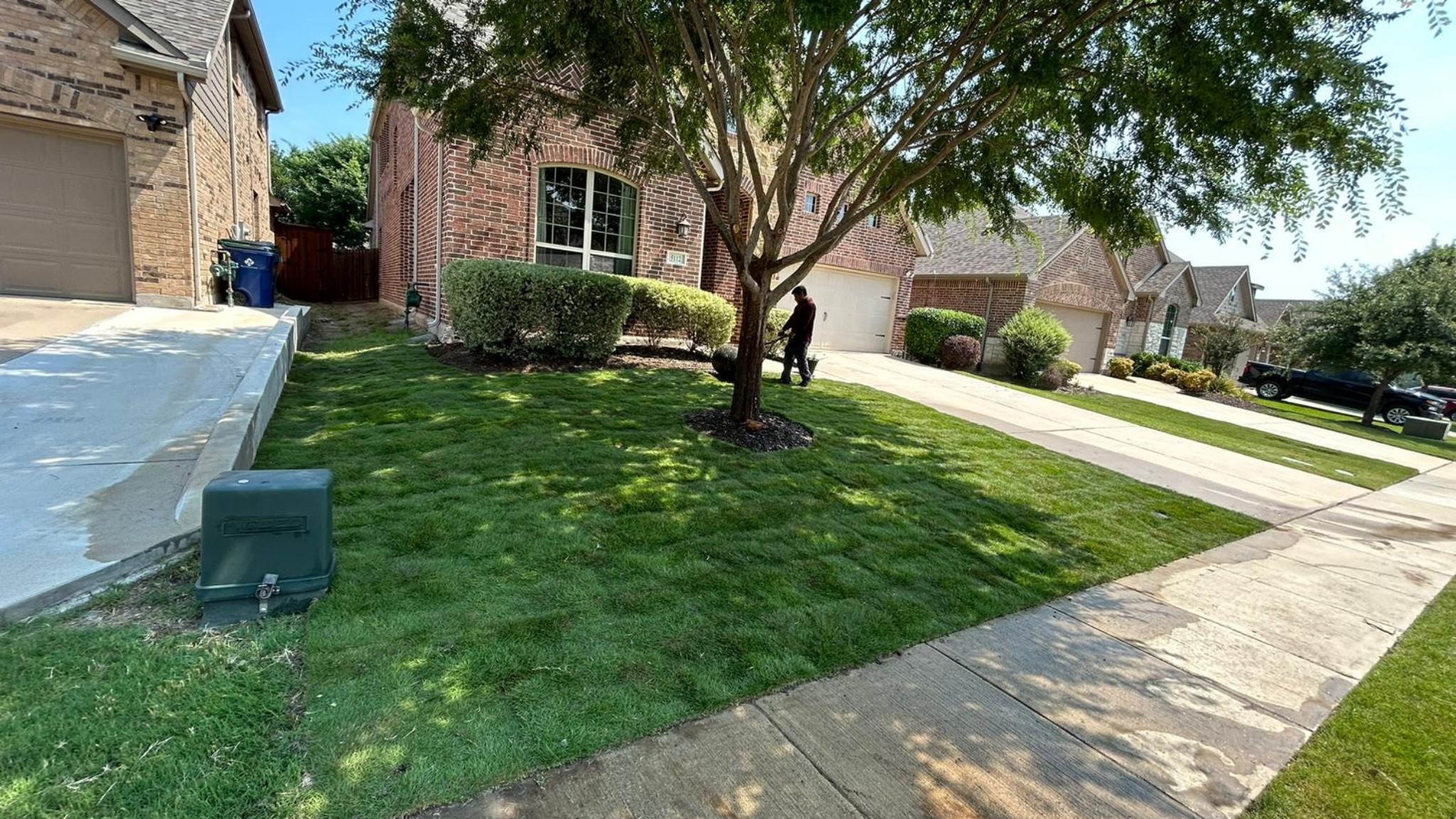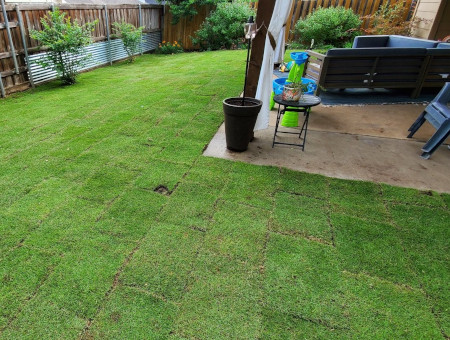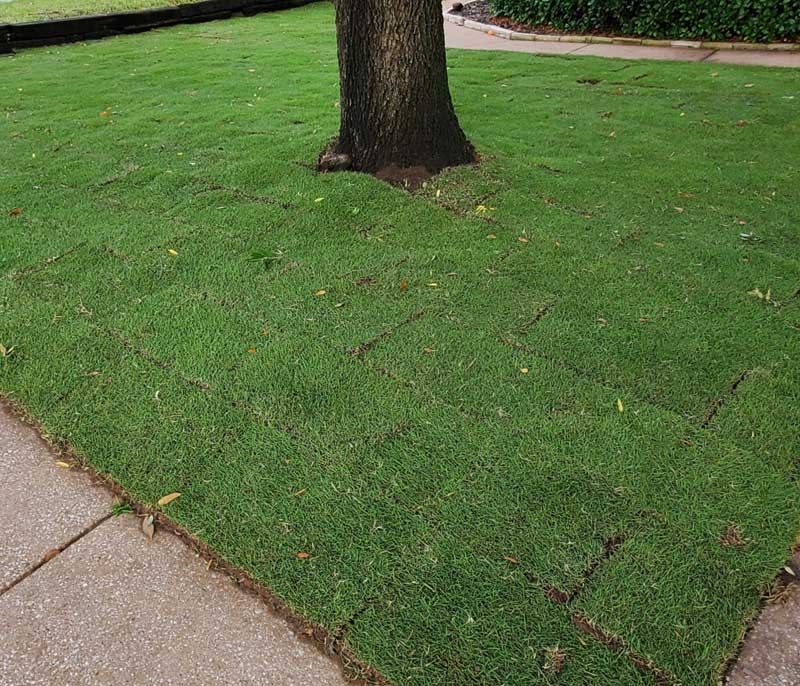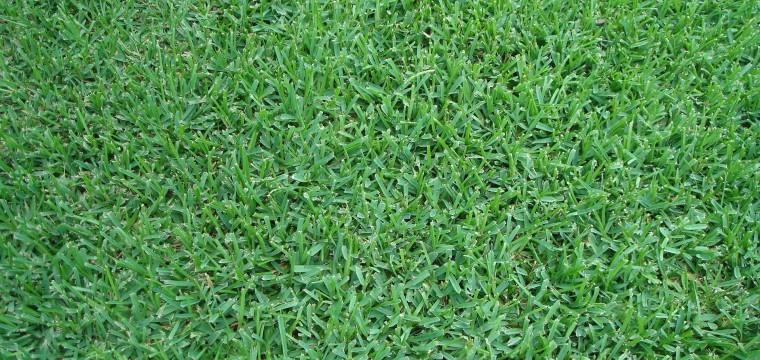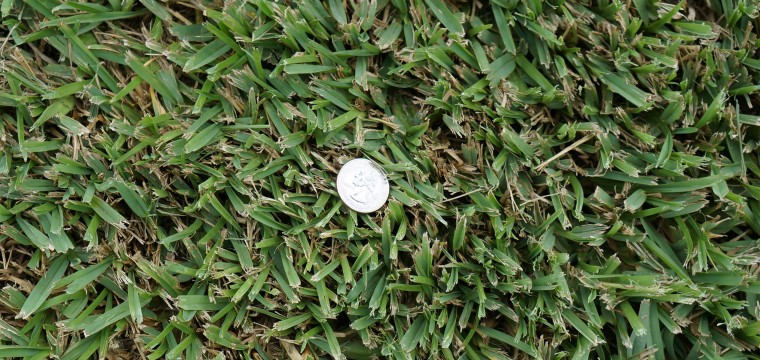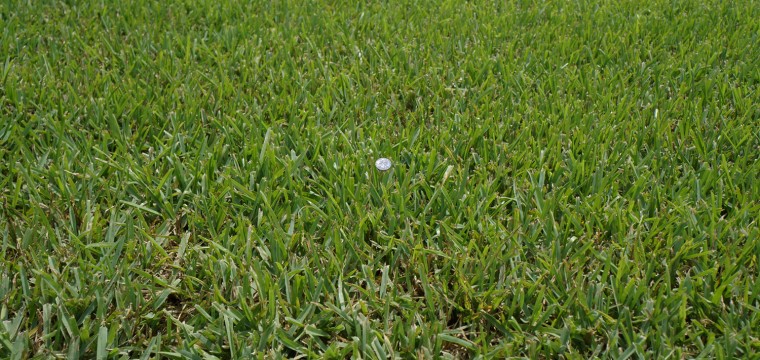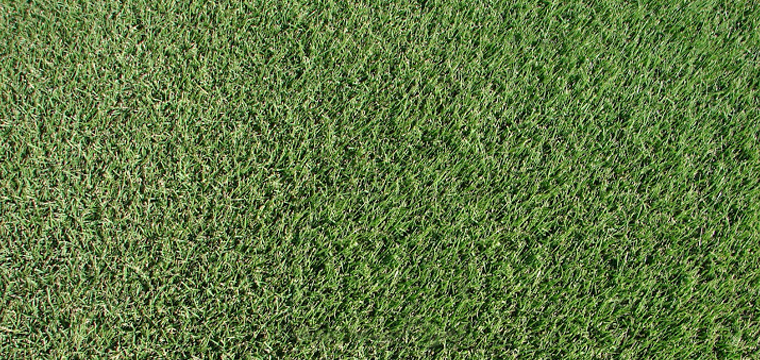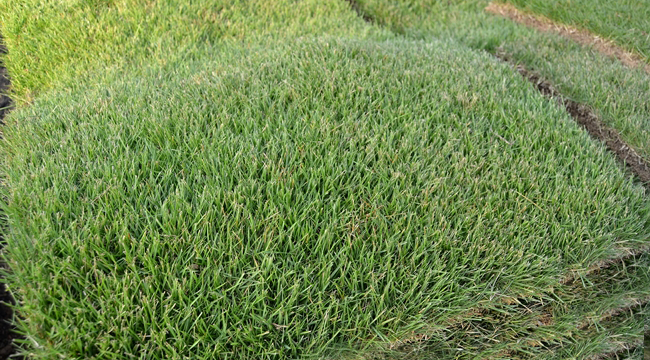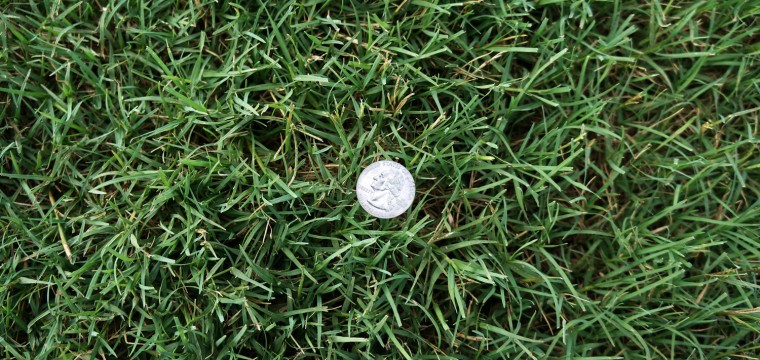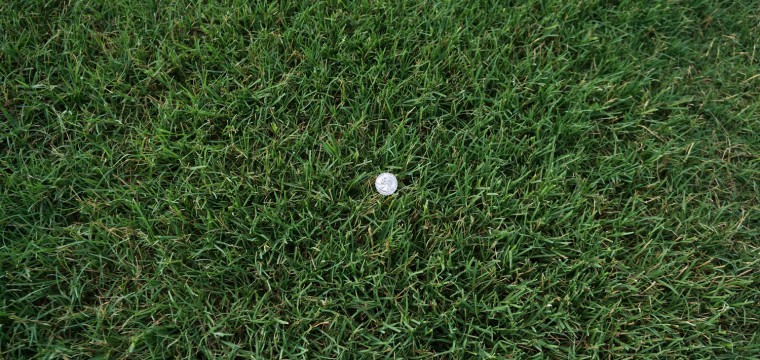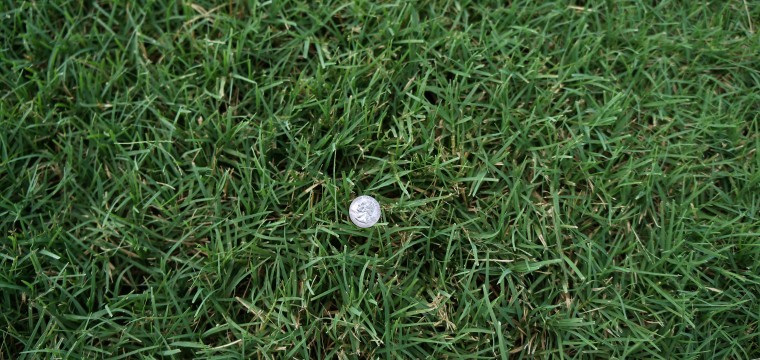Sod Installation
Transform your yard with fresh, high-quality sod for immediate beauty and durability. Whether it’s minor repairs or a full lawn replacement, we deliver expert installation and topsoil re-leveling for a flawless finish. Achieve a lush, vibrant lawn with ease!
Free Quote
Within 24 Hours
Our Sod Installation Process
LawnExpert ensures a seamless sod installation for a lush, durable, and affordable lawn. We provide expert sod and lawn care services, following every step for optimal results:
- Protecting sprinkler heads
- Remove old grass and weeds
- Loosen soil for healthy roots
- Apply topsoil as needed
- Install sod in staggered joints to prevent runoff
- Roll sod for smooth finish and strong root contact
- Test sprinklers and provide watering guidance
After installation, we verify sprinkler operation and replace damaged heads. Immediate watering is crucial to properly establish the sod. We will follow up in two weeks to check progress and answer any questions. Need help? Just click on the button below!
Sod Varieties
St. Augustine
St. Augustine Grass
Characteristics
This warm-season grass has a coarse texture and is medium-to-dark green in color. It also has a creeping growth habit and dense turf.
Temperature Tolerance
St. Augustine grass thrives well during the heat of summer months, and tolerates most of the winters in North Texas without much problem. Extreme cold temperatures that occur occasionally in this area can cause damage to St. Augustine grass, especially in shady areas.
Shade Tolerance
The most shade tolerate of any of the warm season grasses. Can survive with as little as 3 to 4 hours of direct sunlight daily.
Water Requirements
Requires irrigation during summer months of approximately 1/2-3/4 inch of water two to three times a week depending on soil type.
Recommended Usage
Still our best choice for lawns with partial shade. It will also perform well in lawns with full sun exposure. With proper care, St. Augustine will provide a thick beautiful lawn that discourages weed infestation.
Zoysia
Zoysia Zeon
Characteristics
Wide and fine blade varieties
Shade Tolerance
Full sun to partial shade. Best shade tolerance of all sod choices
Water Requirements
Requires less fertilization and less water than st. Augustine and has fewer disease problems than st Augustine (brown patch, st. Augustine decline)
Bermuda
Bermuda Grass
Characteristics
A warm-season grass with fine to medium texture, Bermuda grass is known for its dark green color. Vigorous growth along with an extensive root system combine to produce a dense hardy turf that is tolerant to most stressful conditions.
Temperature Tolerance
Bermuda exhibits excellent heat and cold tolerance if properly managed. Cold temperatures in winter will cause the grass to go dormant but green up in spring is quick.
Shade Tolerance
Very poor shade tolerance; requires full sun for most of the day to grow properly.
Water Requirements
Can survive with very little irrigation. However, in order to maintain good quality turf, waterings of approximately 1/2 – 3/4 inch two to three times a week depending on soil type may be required.
Recommended Usage
Bermuda can produce a very high-quality turf if proper management is provided. It can also function as low maintenance turf for areas that will receive little care or irrigation. Because of this wide area of adaptation, it is utilized on everything from golf greens to roadsides.

